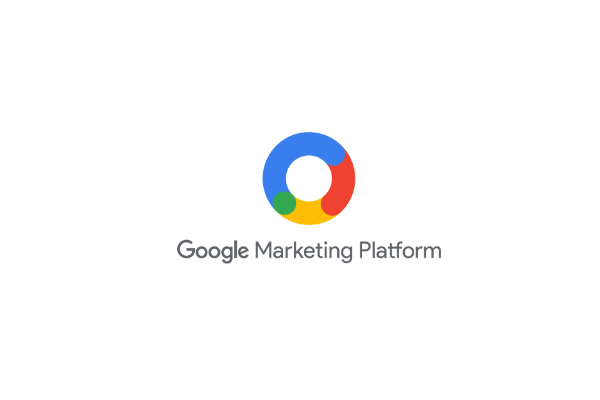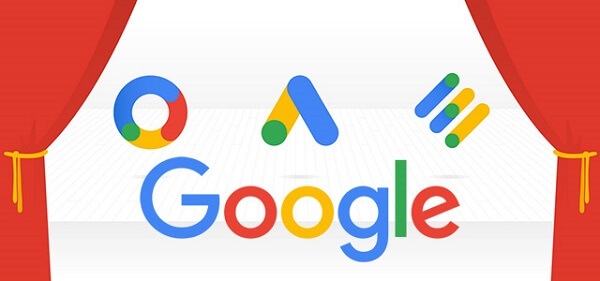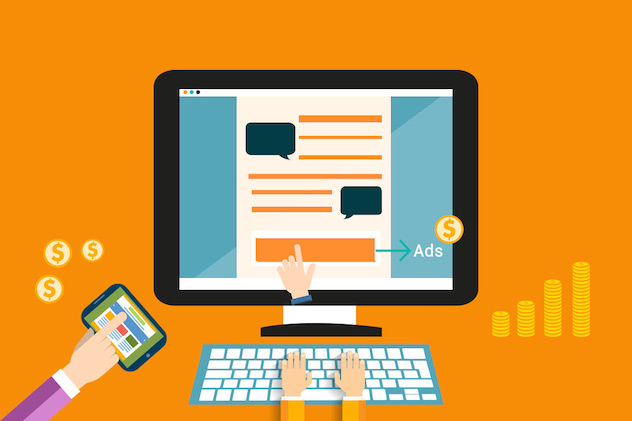Google’s Big Rebranding
Someone call an agency with brand identity services because times are changing.
As they state in their rebranding announcement, Google launched AdWords 18 years ago with a simple goal — to make it easier for people to connect online with businesses. Since then, a lot has happened. The world has gone mobile, channels have opened and how we search is evolving beyond what we once thought was possible. Instead of a simple from point A to point B search, we now have many intersecting points and additions that characterize the average web browsing experience.
In other words, we no longer search as-is; we jump from activity to activity. Starting with a search, we get entranced by a funny video and spend some time watching more. Then come the online games that relieve our stress and quick trips to Wikipedia’s manny conspiracy theories for added entertainment. Finally, after covering a couple of activities, we go back to searching. As you can see, this path is by no means a straight one. Instead, it’s a curved and recursive one that gives marketers more opportunities, channels and formats than ever to reach the ever-slippery consumer.
Ready to help, Google has been there every step of the way, making it easier for marketers to connect with people through Google Search and the many other steps in their online journeys. In true Google form, they’re continuing this tradition by introducing ‘simpler brands and solutions’ for their advertising products: Google Ads, Google Marketing Platform, and Google Ad Manager:
These new brands will help advertisers and publishers of all sizes choose the right solutions for their businesses, making it even easier for them to deliver valuable, trustworthy ads and the right experiences for consumers across devices and channels. As part of this change, we are releasing new solutions that help advertisers get started with Google Ads and drive greater collaboration across teams.
From Google AdWords, We Arrive at Google Ads

Google’s rebranding represents the “full range of advertising capabilities [they] offer today… to help marketers connect with the billions of people finding answers on Search, watching videos on YouTube, exploring new places on Google Maps, discovering apps on Google Play, browsing content across the web, and more.”
Specific to small businesses, they’re debuting a new default ads experience called Smart campaigns that makes it easier to dive into online advertising with the help of artificial intelligence (AI) and machine learning. As to the how, it allows marketers and business owners to create ads in minutes, and then Google’s backend finely-tunes them to get the results they care about the most (e.g. getting customers to call, visit or make a purchase). In fact, they found that Smart campaigns are 3X better at getting ads in front of the right audience.
To help you brand your business and showcase what makes it unique, Google is also introducing Image Picker later this year, which will let you pick the top three images from their suggestions (or upload your own), and your ads will be ready to go. Google will then help you get results by testing combinations of the text and images until everything is perfectly optimized and working as best as it could.
The Perfect Combination under Google Marketing Platform

After a survey of global marketing organizations found that the number one priority for marketers is to better understand their customers, Google combined their DoubleClick advertiser product and the Google Analytics 360 Suite under the guise of Google Marketing Platform, to enable stronger collaboration within organizations so marketers can buy, measure and optimize digital media and customer experiences in one place.
As part of the platform, Google is also announcing Display and Video 360 to bring together features from DoubleClick Bid Manager, Campaign Manager, Studio and Audience Center to allow creative, agency and media teams to similarly collaborate and execute ad campaigns end-to-end in a single place.
Our adidas teams work together in one environment where we can see audience insights, what creative we’re running and where, how it’s performing, and make changes almost in real time.” – Chris Murphy, Head of Digital Experience, Adidas
Unifying Everything with Google Ad Manager
Recognizing that the way publishers monetize their content has changed drastically in recent years, and that people today access content through multiple screens, Google spent the past three years combining DoubleClick for Publishers (DFP) and DoubleClick Ad Exchange (AdX) in a complete and unified programmatic platform under a brand new name, Google Ad Manager. They explained their digital branding strategy by saying that DoubleClick has evolved beyond its roots in the web to become an ad platform for the next generation of content, from mobile to video, and that Google needed a platform that better reflected the ecosystem we live in.
Google’s complete and integrated ad platform has helped accelerate revenue growth while freeing our team to focus on important relationships with our advertising partners and users.” – Chris Janz, Managing Director, Fairfax Australia
Final Thoughts
Google, like your regular everyday brands, occasionally finds the need to rebrand itself to better position its offerings in the current, changing landscape. Today, this means a change from Google AdWords to Google Ads, and the introduction of Google Marketing Platform and Google Ad Manager. Tomorrow, well, who knows what tomorrow brings.





Tell us your thoughts in the comments